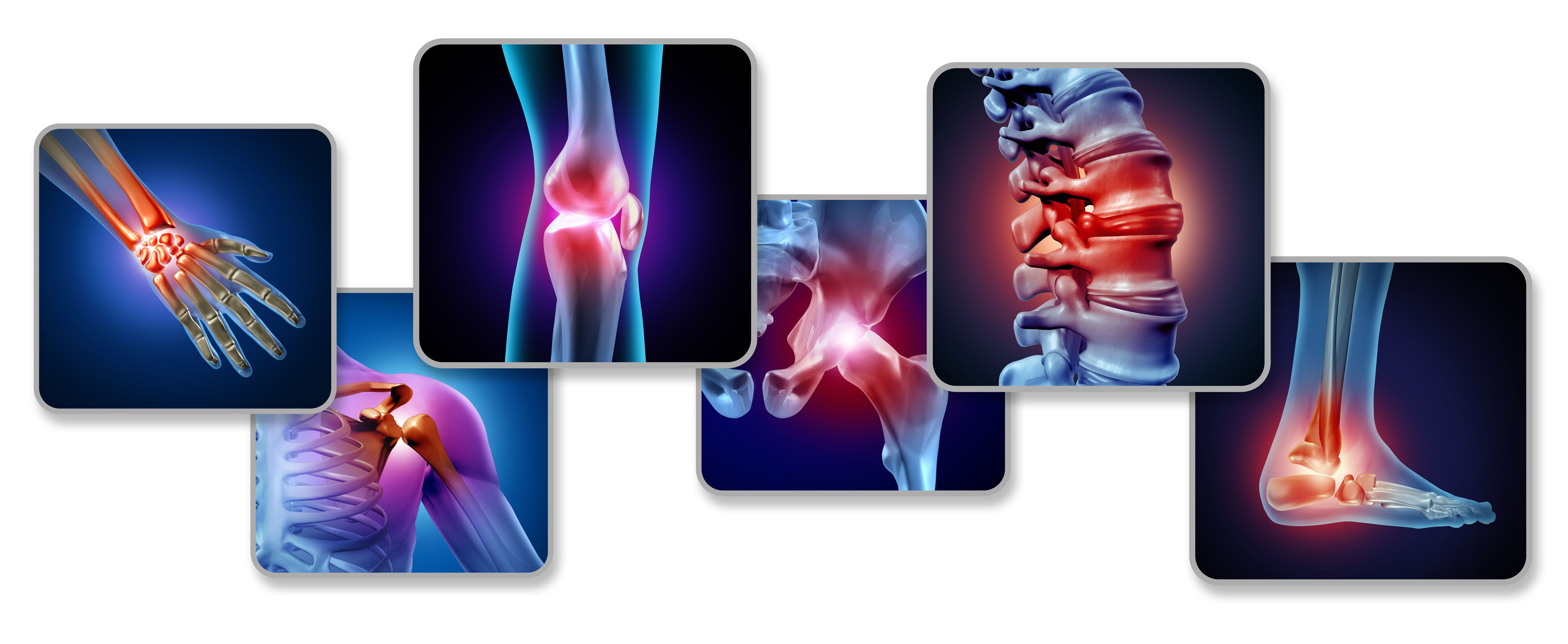Article
Ixekizumab Bests Adalimumab at 24 Weeks in Psoriatic Arthritic Skin, Joint Symptoms
Author(s):
Ixekizumab was superior to adalimumab at 24 weeks in a head-to-head trial evaluating both skin and joint symptoms in patients with psoriatic arthritis and inadequate response to csDMARDs, say researchers writing in Annals of the Rheumatic Diseases last month.
Ixekizumab was superior to adalimumab at 24 weeks in a head-to-head trial evaluating both skin and joint symptoms in patients with psoriatic arthritis and inadequate response to csDMARDs, a study shows. (©FreshIdea,AdobeStock,287106953)

Ixekizumab (Taltz, Eli Lilly) was superior to adalimumab (Humira, AbbVie) at 24 weeks in a head-to-head trial evaluating both skin and joint symptoms in patients with psoriatic arthritis and inadequate response to conventional synthetic disease-modifying antirheumatic drug (csDMARDs), say researchers writing in Annals of the Rheumatic Diseases last month.
"Improvements in both joint and skin disease are necessary to achieve optimal improvement in health-related quality of life in patients with psoriatic arthritis, an important indicator of treatment success," wrote the authors, led by Philip J. Mease, M.D., of the Swedish Medical Center in Seattle.
Many patients with psoriatic arthritis and active skin and joint disease do not achieve satisfactory clinical response with csDMARDs in both domains of the disease simultaneously. While biological disease-modifying antirheumatic drugs (bDMARDs), which target inflammatory cytokines such as tumor necrosis factor α (TNF), interleukin (IL)-12/23 or IL-17A, offer an alternative either as a combination therapy with csDMARDs or as monotherapy, the efficacy and safety of bDMARDs is unknown.
“SPIRIT-H2H is the first completed head-to-head trial comparing two bDMARDs in patients with active psoriatic arthritis and inadequate response to csDMARDs,” the authors wrote.
In this open-label, ongoing, multicenter study, 566 patients, with mean age of 48 years, were randomized (1:1) to approved dosing of ixekizumab or adalimumab. The primary endpoint of the simultaneous achievement of at least 50 percent improvement of the American College of Rheumatology (ACR50) for articular disease and a 100 percent clearing on the Psoriasis Area and Severity Index (PASI100) for skin disease, was achieved 36 percent of the ixekizumab group and 27.9 percent of the adalimumab group at week 24 (p=0.036).
For the major secondary objectives, also at week 24, ixekizumab was non-inferior to adalimumab for ACR50 response (51 percent versus 47 percent, treatment difference: 3.9 percent) and superior for PASI100 response (60 percent versus 47 percent, p=0.001). Ixekizumab had greater response versus adalimumab in additional psoriatic, skin, nail, treat-to-target and quality-of-life outcomes.
“Response with ixekizumab was significantly greater than adalimumab for Minimal Disease Activity [MDA], Very Low Disease Activity [VLDA], Disease Activity in Psoriatic Arthritis [DAPSA] remission (≤4), change from baseline in modified Composite Psoriatic Disease Activity Index, resolution of enthesitis (SPARCC Enthesitis Index=0), PASI75, PASI90 and Dermatology Life Quality Index (0 or 1) and was at least similar to adalimumab for all other psoriatic arthritis, treat-to-target, skin, nail and quality of life endpoints,” the authors wrote.
Serious adverse events were reported in 3.5 percent of the ixekizumab group and 8.5 percent of the adalimumab group, respectively. Serious adverse events related to infections were numerically higher in the adalimumab group, but more frequent in the ixekizumab group.
“Overall, the safety profiles of both bDMARDs were consistent with those described in the prescriber information,” the authors wrote.
REFERENCE
Philip J Mease, Josef S Smolen, Frank Behrens, et al. “A head-to-head comparison of the efficacy and safety of ixekizumab and adalimumab in biological-naïve patients with active psoriatic arthritis: 24-week results of a randomised, open-label, blinded-assessor trial.” Arthritis Rheumatol. September 28, 2019. doi: 10.1136/annrheumdis-2019-215386




